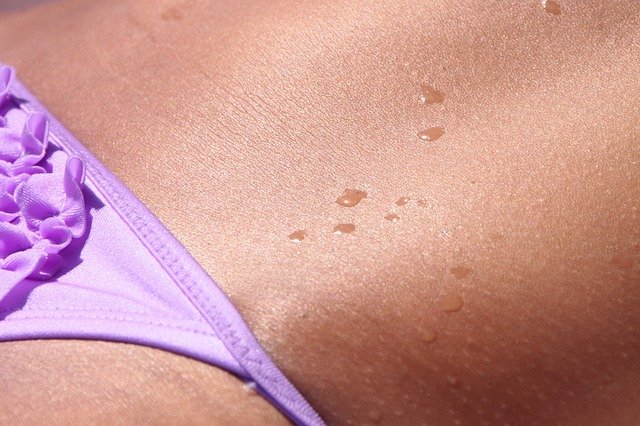
Although most skin cancers are not life-threatening, they do hurt our health. As the incidence rates continue to rise, skin cancer has become a major public health problem.
In the USA, nearly 5 million people are treated for skin cancer every year, and the cost is more than $8 billion.
Overall, skin cancers are most common in sun-sensitive populations, in particular, non-Hispanic whites.
In a paper recently published in Seminars in Oncology Nursing, researchers summarized risk factors of skin cancer and introduced skin protection methods.
Genetic factors can strongly influence cancer risk. For example, having a naturally fair skin tone, light-colored eyes, blonde or red hair, and many moles can increase the risk.
Ultraviolet (UV) exposure is another important risk factor. Nearly all skin cancers are related to UV exposure. UV exposure can stimulate damage to skin cells and DNA and indicate cell death.
Outdoor work that increases UV exposure can raise skin cancer risk. Research has shown that outdoor workers in UV-intense areas are easy to get melanomas (cancer cells in the skin caused by very strong sunlight) on the head and neck.
People with skin cancer history have higher risks to get second cancer, especially skin cancers, but also bone cancer, breast cancer, kidney cancer, prostate cancer, and thyroid cancer.
Several methods can reduce the skin cancer risk, including using sunscreen with a sun protection factor (SPF) of 15 or higher, wearing protective clothes (e.g., wide-brimmed hats, long sleeves, long pants), and staying in the shade.
Some people use indoor tanning for cosmetic purposes. The procedure exposes users to very intense UV and can increase skin cancer risk. In the USA, indoor tanning is most common among young non-Hispanic white females ages 16 to 25.
Skin cancer as a public health issue has attracted lots of attention. In 2014, the Surgeon General released The Call to Action to Prevent Skin Cancer to offer more opportunities for outdoor sun protection.
In addition, public health experts have organized a panel – The Community Preventive Services Task Force – to provide evidence-based findings and recommendations.
Future work will focus on skin protection in cancer survivors and their families. These people have a higher risk of skin cancer and need adequate protection and effective interventions.
Copyright © 2018 Knowridge Science Report. All rights reserved.



